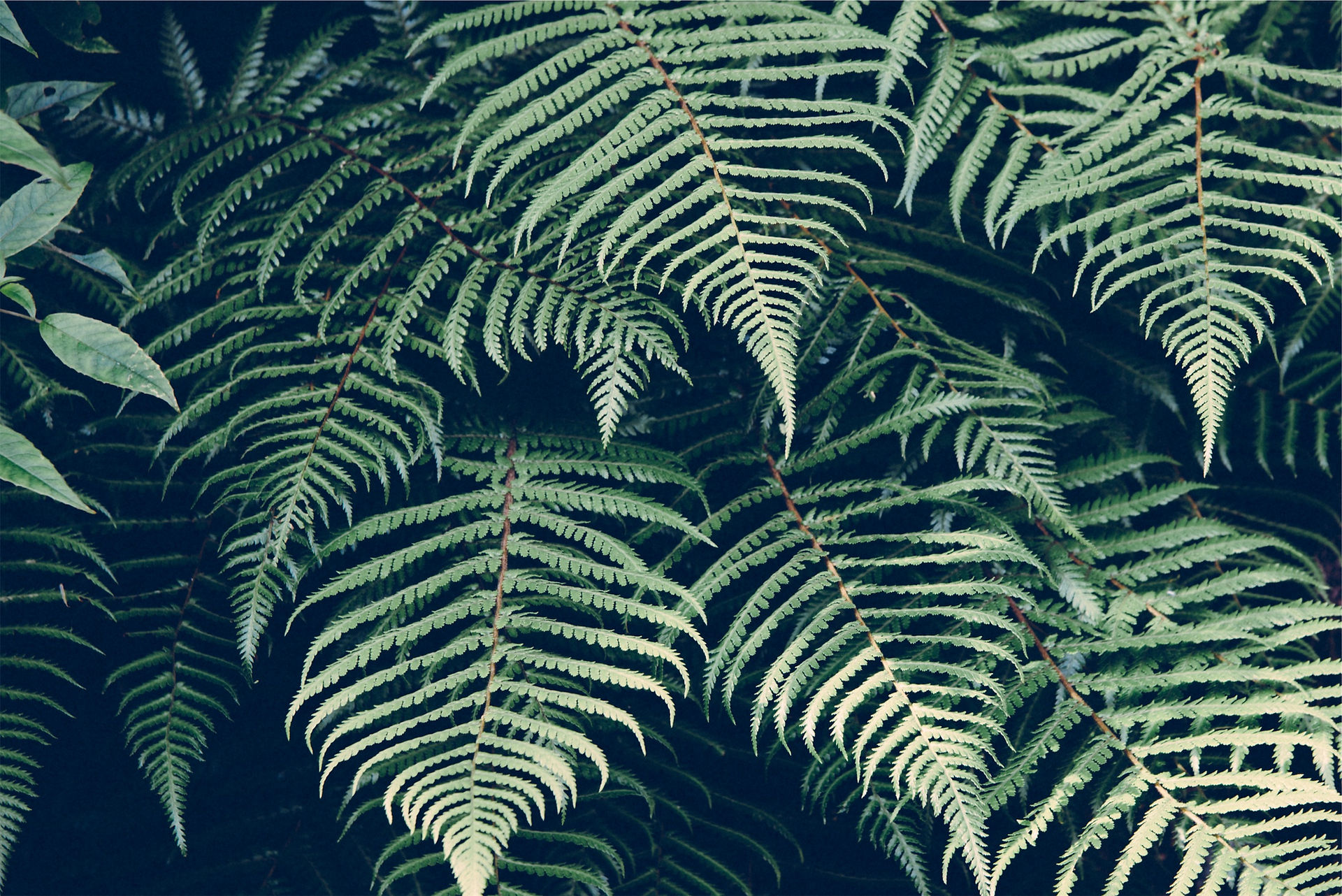Linking modern-day relicts to a Miocene mangrove community of western Amazonia*
- PST

- Jan 31, 2021
- 2 min read
* This paper is going to be presented for Session 8 (Biodiversity, Ecological Interactions, Range Shifts and Database Science) on Feb 16 by Matteo Sciumbata.
Abstract
The Amazon drainage basin is extremely biodiverse, yet the origins of this diversification remain much debated. One of the possible drivers of plant diversity are the marine incursions that reached Amazonia during the Miocene and connected western Amazonia with the Caribbean. In the Miocene, large parts of western Amazonia were covered by extensive wetlands that, during high eustatic episodes, were episodically colonised by coastal taxa such as mangroves. In this paper, we hypothesise that some of these mangrove community taxa could adapt to freshwater conditions enriching the modern plant composition of the Amazon drainage basin. To assess the past plant composition in the basin, we statistically analyse the palynological composition of two Miocene sections from western Amazonia that were especially rich in presumed mangrove pollen (Zonocostites ramonae). We identify the pollen taxa that coexisted with this community using clustering methods supported by Kendall’s W coefficient concordance analysis. Our results suggest that at least fourteen taxa are closely associated with Zonocostites ramonae (Cricotriporites guianensis, Deltoidospora adriennis, Psilabrevitricolporites devriesii, Psiladiporites redundantis, Psilamonocolpites amazonicus, P. rinconii, Psilatricolporites crassoexinatus, P. labiatus, P. operculatus, Psilatriporites corstanjei, Retitricolporites kaarsii, Rhoipites guianensis, Rhoipites hispidus, and Tetracolporopollenites transversalis). We also illustrate the pollen of this fossil mangrove, and some of its associated fossil taxa, using light microscopy (LM) and scanning electron microscopy (SEM), and we compare them with potential nearest living relatives (NLR). We found that pollen of the modern mangrove Rhizophora mangle is the NLR of Zonocostites ramonae. Of the three associated taxa, the best analogy is between Psilabrevitricolporites devriesii and Humiria balsamifera, the latter a taxon best known from the coastal restinga vegetation in Brazil and Surinam. Tentatively, we assign Forsteronia spp. as NLR for Cricotriporites guianensis, and we propose Euterpe sp. for Psilamonocolpites rinconii (but also Oenocarpus, Hyospathe, Prestoea, and Sabinaria are affine). Based on this study we propose that, at least for some fossil taxa of the Miocene mangrove environment, there are still NLR or relict species that occur in inland Amazonia and along the South American coastline. We thus conclude that the Amazonian flora, like riverine fauna such as the pink river dolphin (Inia) and selected fish taxa, carry an imprint of the Miocene coastal communities.

Location of the outcrops: Agua Negra (1), Mariñame (2), Apaporis (3), and Pira Paraná (4). Samples from the latter two sites have predominantly pollen of Zonocostites ramonae, with as NLR the mangrove Rhizophora mangle [Sciumbata et a.. 2021]

Light microscopy (LM) pictures of fossil and modern species related to coastal environments in western Amazonia. Psilabrevitricolporites devriesii (a–d), Humiria balsamifera (e, f), Psilamonocolpites rinconii (stacked image, see method section) (g); Zonocostites ramonae (h–m); Rhizophora mangle (n, o); Cricotriporites guianensis (p) [Sciumbata et a.. 2021]

Scanning electron microscopy (SEM) pictures of fossil species related to coastal environments in western Amazonia. Psilabrevitricolporites devriesii (a, b) and detail (f, g); Psilamonocolpites rinconii (c) and detail (h); Zonocostites ramonae (d, e) and detail (j) [Sciumbata et a.. 2021]


Comments